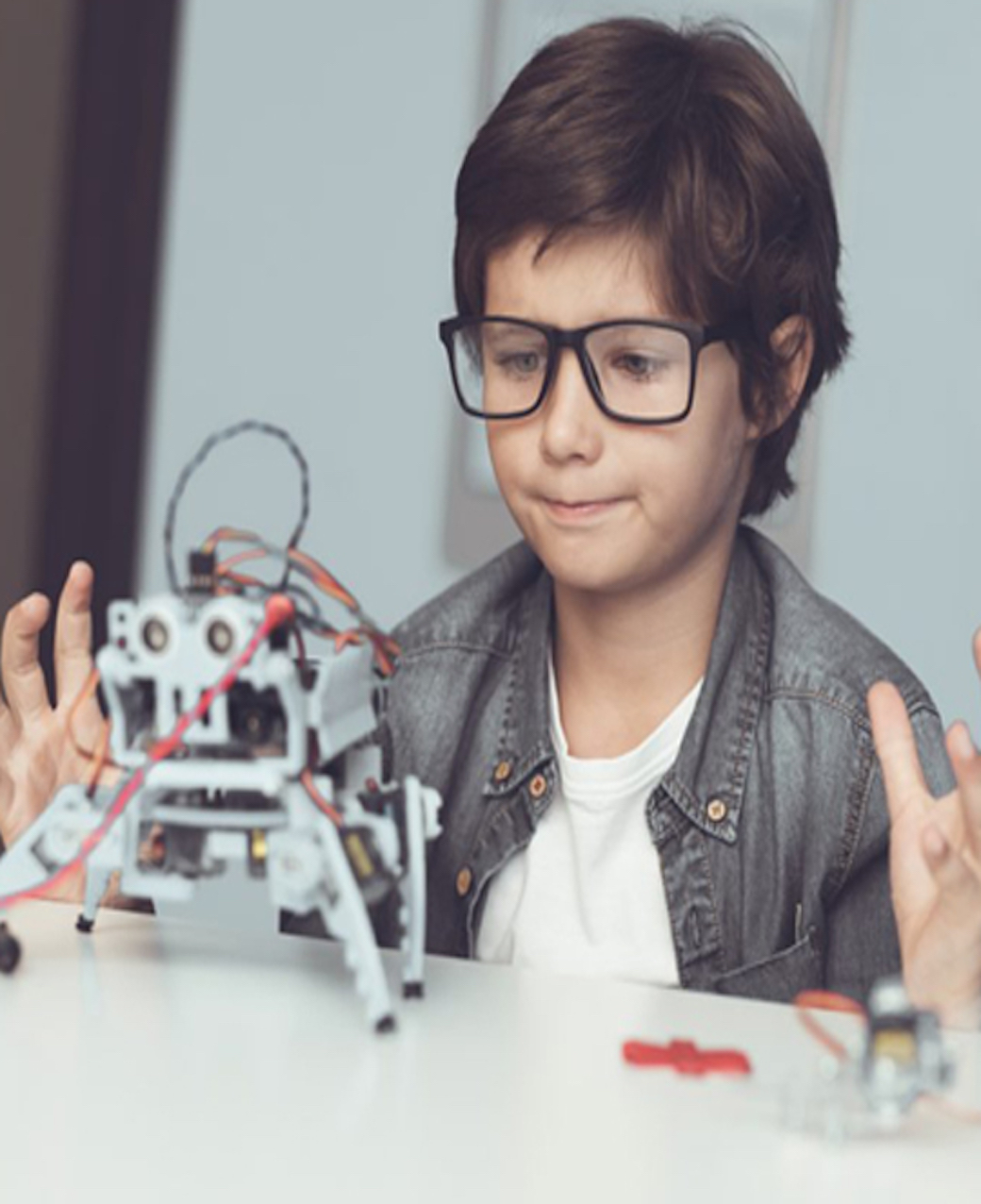Artificial Intelligence and programming have become so woven into the modern world that without them, much of the comforts we rely on would suddenly become unusable. This is what has turned careers like data science, coding, and machine learning into some of the most important jobs of today and the future. And as the saying goes, it is the younger generation that will be carrying this through. Hence, giving them ample time and resources to prepare for these burgeoning job options is simply a necessity in today's school system.
Children nowadays are already growing up with technology, so it is much easier for them to grasp concepts in AI and coding. Career-wise, Cyber Square has noted how gamified learning is already useful in helping them build a digital career early on.
A New Class of Learning
Since generation Alpha is already growing up to be fully digital citizens, it's the perfect time to equip them with tools that will not only work in their favour in the future but actually use tech to improve their learning in the present. Primary and secondary students — even early school-age children — are still in their most capable years of soaking up information and developing lifelong skills, so they are more keen to adopt coding with ease.
Integrating these complex functions in a digestible way can increase kids' problem solving, critical thinking, creativity, and communication skills. As they learn to break down various problems and try to think outside of the box, they become more mentally engaged.
As more schools adopt technology into their methods, it has become more accessible than ever for young students to expand their knowledge on these subjects. More than simple concepts, they can start learning with first-hand experience. Countless studies have supported the benefits of hands-on learning in memory retention and engagement. According to James Paterson, M.S. in School Counseling, students are more likely to retain information if their level of engagement is high. Hands-on learning is one way to keep them engaged in their studies, as it uses different senses and deepens the learning experience. AI and coding require very hands on practices, which can make for a more effective educational experience.
The Future is Here
In an article on professional development, Daniel Ling writes that digital skills are in high-demand, so much so that educational institutions are integrating STEM education early on. This includes machine learning, one of the main applications of AI, which is now being used in various industries like advertising, healthcare, and finance. By teaching these subjects at the primary, secondary, up to pre-university levels, young learners no longer have to play a game of catch-up in the future when they need to adapt to the market demand.
Currently, there is already a growing space being occupied by machines, and this will only continue to grow. The World Economic Forum's 2020 Future of Jobs Report revealed that 85 million jobs will be replaced by machines, but the transition into a more digitally-based world will also create 97 million brand new jobs. For the new generation to be ensured of a place in society that allows them to make a living, they need to have access to materials that will prevent them from being pushed out by automation.
The same report shows that some of the top skills by 2025 will be complex problem solving, technology design and programming, ideation, analysis, and creativity. All of these are being tapped into with AI learning and coding, and students in younger grades who are still highly curious are being primed to take on a future in technology.
With programs like Cyber Square for School, educational institutions should be able to implement these into their curricula whether it's for British schools or CBSE.
Written by Miranda Gardner for cybersquare.org


